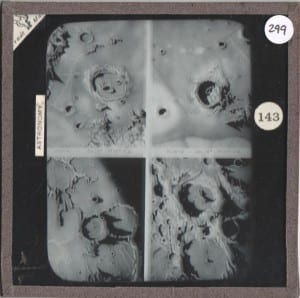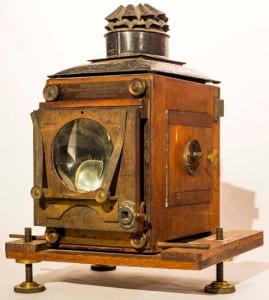Magic Assemblage: Magic Assembly
By Edmund Connolly, on 8 September 2014
By freelance journalist Rammy Elsaadany
The premise of the exhibition was that a group of fresh and energetic Central Saint Martin students would create a piece that was to be an interpretation of each artists understanding of the museum objects and the theme of historic representation, as I hurriedly power walked to the museum ( I am perpetually late to events) my mind began to wonder about the infinite ways that this repository of ancient Egyptian objects ranging from art to every day things could generate creative pieces in the next generation of artists.
 Close
Close




